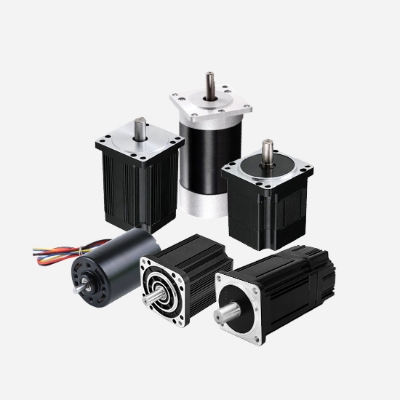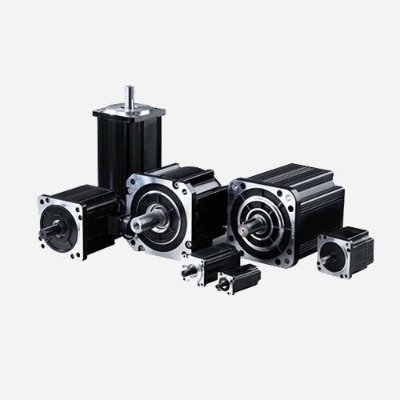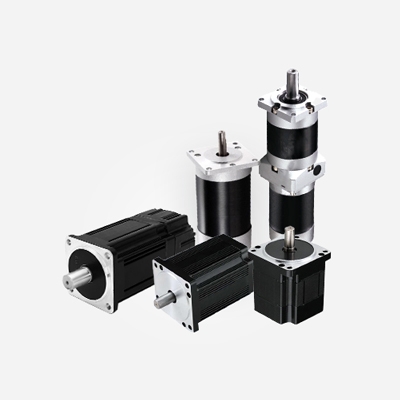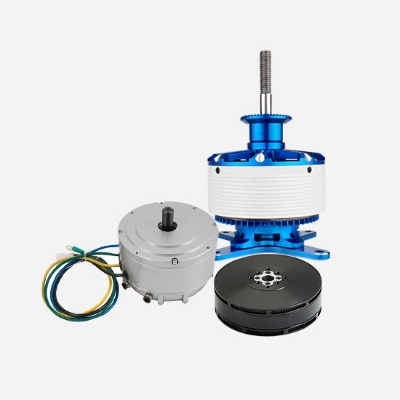The modern kitchen is everywhere electrical equipment, now in the process of using household appliances brushless DC motor is more satisfactory, especially in the process of using kitchen appliances can use the help of household appliances brushless DC motor will seem a little better, in the process of using kitchen appliances is more considerable, but also more useful, such as in the use of mixers, juicers, coffee machines, milk tea machines, electric Knives, egg beaters, rice cookers, food processors, grain grinders, vertical mixers, meat grinders, electric cutting knives, and other appliances can be used when using household appliances brushless DC motor.
A Brushless DC motor is used in an electric grinder, it does not need to change the brush maintenance work, and the speed can be controlled according to the situation of the grinding workpiece, the noise is greatly reduced compared with the original brush motor, and because the voltage is DC, the voltage is reduced, the safety is greatly improved.
Brushless DC motors for milling machines and lathes can achieve stepless speed regulation, fully adapting to the needs of the operating process, and the original mechanical speed control device can be canceled. Application of brushless DC motor in the automotive industry The main reason for the application of brushless DC motor in the automotive industry is that it has higher torque, higher power, higher reliability, and longer service life than traditional brush motors, especially for windows and sunroofs, etc. When a fault is encountered, it will automatically stop running to avoid injury accidents.
A brushless motor is mainly used to generate driving torque as a power source for appliances or various machinery, and its main function is to use mechanical energy to convert it into electrical energy. Under the action of torque of mechanical equipment installed with a brushless motor, the object will change in position or angle, etc. Therefore, it can be calculated according to the formula of the definition of Aki torque. That is, torque (T) = power (P) * 9.55 / number of revolutions (N), or mutual conversion factor can also look like this: T * number of revolutions / 9.55 = power
In general, both sensor and sensorless brushless motors have advantages and disadvantages. When both are up and running, it can be difficult for even an experienced driver to notice the difference. Depending on your preference, you will have to choose the right one for your RC car between these two types of motors. However, using a sensorless motor for crawling may not be ideal because it requires a lot of speed control. In terms of compatibility, it is also important to note that you can use a sensor motor on a sensorless ESC, but not a sensorless motor on a sensor ESC.
A sensored brushless motor is one of those brushless motors with position sensors. These position sensors feed position information back to the controller, which can then be used to ensure that the drive pattern transmitted to the controller is perfectly synchronized with the rotor position. Different sensor motors may set up the sensors in different ways, so it is important to always be aware of this when setting up the controller. Still, typically these sensors are arranged at 60 or 120-degree intervals.
In the sensored brushless, the sensored refers to the "Hall sensor", so what is the "Hall"? Hall refers to the Hall effect. When the current passes through the conductor perpendicular to the external magnetic field, there will be a potential difference between the two end faces of the conductor perpendicular to the magnetic field and the current direction. This phenomenon is the Hall effect. This potential difference is also called the Hall potential difference. Simply put, through the Hall sensor, the brushless driver can clearly know the position of the rotor of the brushless motor.
In DC brushless motors, open-circuit transformers are widely used in electromagnetic position sensors. The open circuit transformer of a three-phase brushless motor consists of a stator and a tracking rotor. The stator usually has six magnetic poles, which are spaced 60 degrees apart. Three poles are wound with primary windings, connected in series, to a high-frequency power supply. The remaining three poles are wound with secondary windings wa, wb, and wc, respectively.




